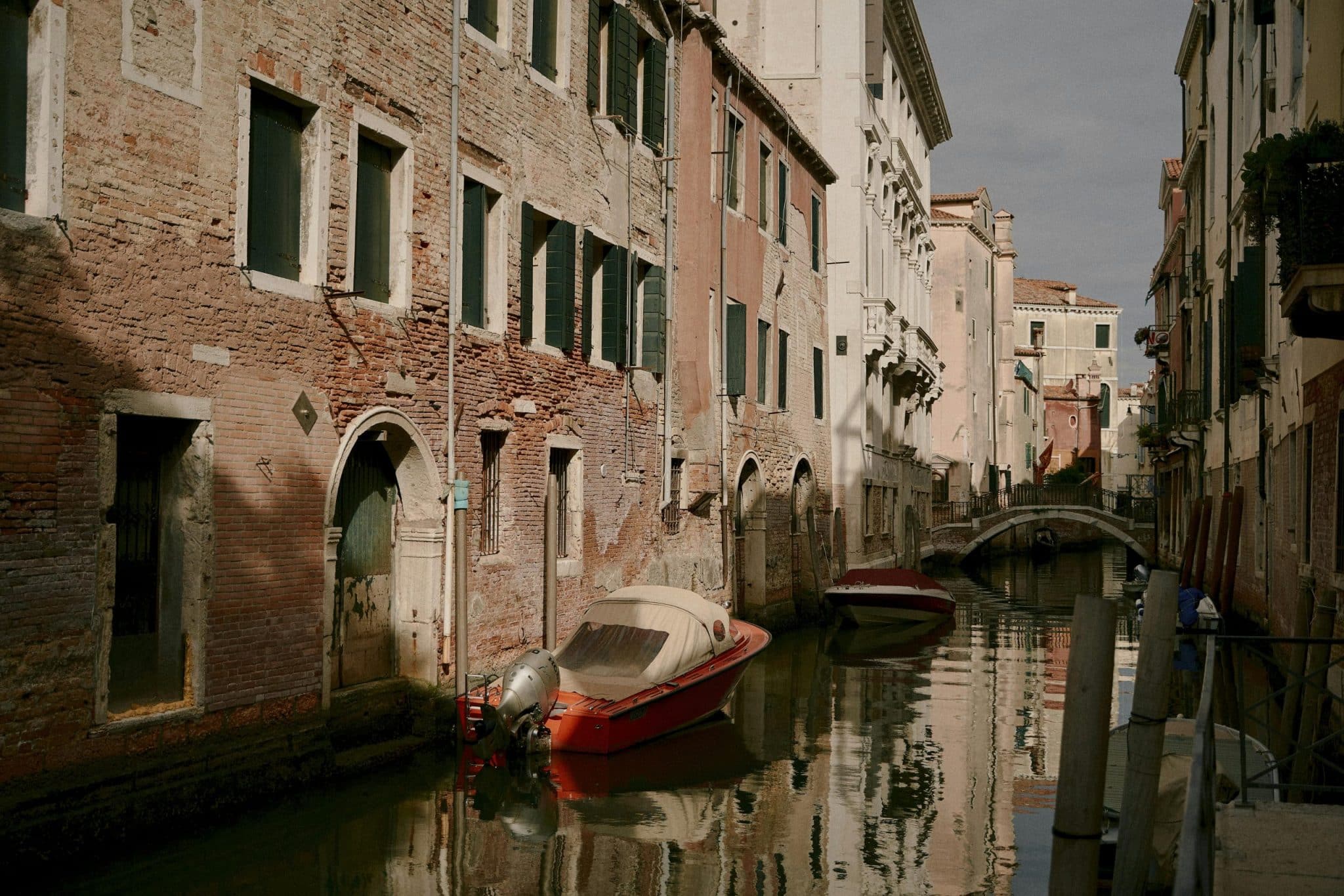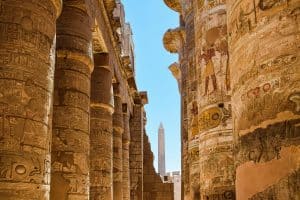Silk Road Revival: Retracing Ancient Routes via Electric Camel Caravans
The ancient Silk Road, a network of trade routes connecting the East and West, has been a key player in shaping global economy and culture for centuries. The caravans that traversed its rugged terrain, laden with precious goods, left a legacy that continues to intrigue and inspire. Today, the revival of this legendary route is taking on a whole new level with the introduction of electric camel caravans. This eco-friendly and innovative mode of transport is not only retracing the footsteps of our ancestors, but also paving the way for a sustainable and connected future. Let’s take a closer look at the Silk Road revival through the lens of electric camel caravans.
The Legacy of the Silk Road
The Silk Road, also known as the Silk Route, was not just a single road but rather a network of trade routes connecting China, India, Persia, Arabia, and Europe. It was the lifeline of international trade, facilitating the exchange of goods, ideas, religions, and technologies. From silk, spices, and precious stones, to jade, porcelain, and gunpowder, the Silk Road was a conduit for the exchange of luxury goods and innovation.
But the Silk Road was more than just a trade route. It was a cultural bridge, connecting people from different regions and promoting cultural exchange. The caravans passing through the Silk Road carried not only goods, but also languages, arts, and beliefs. It had a profound impact on the development of literature, art, and music, giving birth to a new blend of Eastern and Western cultures.
The Silk Road Revival
With the rise of air and sea transport, the Silk Road gradually declined in the 15th century. However, the spirit of this historic route continues to live on and is experiencing a revival in the 21st century. In 2013, Chinese President Xi Jinping announced the ambitious Belt and Road Initiative (BRI), which aims to revive the ancient Silk Road by promoting economic cooperation and connectivity across Eurasia.
But this new wave of Silk Road revival is not just limited to the BRI. The advent of electric camel caravans promises to recreate the journey of the ancient traders in a sustainable and eco-friendly manner. These modern-day caravans are equipped with solar panels and electric motors, making them run on clean energy. They are also designed with comfortable seating and amenities for the travelers, making the journey an enjoyable and safe experience.
The Rise of Electric Camel Caravans
The concept of electric camel caravans was first introduced by Dutch artist Paul Ridderhoff in 2010. Inspired by the rich history of the Silk Road, Ridderhoff’s design aimed to combine the traditional form of transportation with modern technology. His design caught the attention of Chinese railway company CRRC, which adopted and developed the idea further.
In 2017, the first prototype of electric camel caravans was unveiled in the city of Xi’an, China. In 2019, a 100-kilometer test run was conducted in the Gobi desert, proving the feasibility and efficiency of this mode of transportation. With a top speed of 40 kilometers per hour and a range of 500 kilometers on a single charge, electric camel caravans offer a sustainable and efficient means of transport for both goods and passengers.
The Benefits of Electric Camel Caravans
Eco-Friendly and Sustainable
The use of solar panels and electric motors in electric camel caravans means they emit zero carbon emissions, making them an eco-friendly mode of transport. This is a significant step in the fight against climate change and promoting sustainable development. The reduced carbon footprint of electric camel caravans also makes them an attractive option for companies looking to reduce their environmental impact.
Promoting Cultural Exchange
The revival of the Silk Road through electric camel caravans is not just about transporting goods and people, it is also about fostering cultural exchange. The slow pace of the caravans allows travelers to soak in the diverse cultures, languages, and traditions of the regions they pass through. This will not only promote understanding and tolerance, but also promote tourism and boost local economies.
Efficiency and Cost-Effectiveness
Electric camel caravans offer a cost-effective and efficient means of transport. The use of clean energy means lower fuel costs and reduced maintenance costs. The caravans can also navigate through rough terrains and narrow roads that are not accessible to larger vehicles, making them a viable option for transporting goods to remote areas.
In Conclusion
The revival of the Silk Road through electric camel caravans is not only a nod to our shared history and heritage, but also a stepping stone towards a more sustainable and interconnected world. This innovative mode of transport is combining the past with the present, paving the way for a brighter future. As we embark on this journey, let us not forget the lessons of the past and work towards a harmonious and prosperous future.










